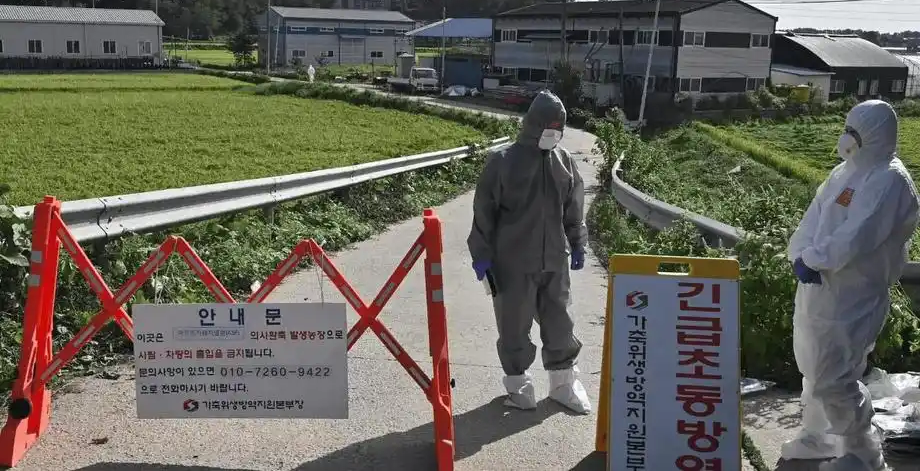
On April 29th, Toyota Motor Corporation, a giant in Japan's automotive manufacturing industry, issued a statement indicating that, due to the fact that the global supply chain tensions have not been completely alleviated, the company has to readjust the production plans for some of its vehicle models once again, and the output of some factories will be reduced. This news has undoubtedly caused quite a stir in the global automotive market.
In recent years, Toyota Motor has consistently ranked among the top in global automotive sales, and its lean production model has been widely studied and emulated by numerous enterprises. However, even such a powerful company is not immune to the impact of global supply chain instability. Since the outbreak of the pandemic, the global supply chain has been plunged into an unprecedented predicament, and Toyota is no exception.
The shortage of semiconductors has long been a major headache for the automotive industry. With the continuous improvement of automotive intelligence, the dependence on semiconductors has also increased day by day. However, the global production capacity of semiconductor manufacturing is limited, and during the pandemic, some semiconductor factories reduced production or even shut down, resulting in a significant shortage of semiconductor supply that cannot meet the demands of automotive production. Various semiconductors required by Toyota Motor, ranging from those used in engine control to those for intelligent driving assistance systems, are all facing supply shortages. For instance, in some vehicle models, due to the shortage of specific semiconductors, the production progress of these models has been severely delayed. The factories have to prioritize the allocation of limited semiconductor resources to vehicle models with more urgent market demands, which directly leads to the reduction in the output of some models.
In addition to semiconductors, the supply of other components is also unstable. Toyota Motor's production relies on numerous suppliers around the world, spanning from Japan itself to Southeast Asia and then to Europe and the United States. Any problem in any link may affect the production of the entire vehicle. Take Southeast Asia as an example. This region is an important production base for many automotive components, such as seats and interior parts. However, there are many unstable factors in this region, including epidemic prevention and control, labor shortages, and raw material supply issues. Some supplier factories have to intermittently suspend production due to the recurrence of the epidemic, resulting in the failure to deliver components on time. Labor shortages have reduced production efficiency and limited production capacity. Fluctuations in raw material prices and tight supply have also put suppliers under great pressure when manufacturing and supplying components. These factors combined make it difficult for Toyota to obtain some components, thus affecting the production plans of the factories.
Furthermore, geopolitical factors have also had a profound impact on the global supply chain. The uncertainties in trade policies, the tense international relations, etc., have all increased the difficulty and cost of cross-border transportation of components. Some components may face additional tariffs, inspections, and other issues during the transportation process. This not only prolongs the transportation time but also increases the uncertainties in the transportation process, further disrupting Toyota's original supply chain rhythm.
Against this backdrop, the reduction in the output of some of Toyota's factories has become a last resort. It is understood that the affected factories are located in multiple regions, including Japan itself and some important overseas production bases. These factories involve a large number of vehicle models, covering both Toyota's best-selling models and some high-end models. For Toyota, the reduction in output may trigger a series of chain reactions. On the one hand, it may lead to a decrease in the supply of related models in the market, and the delivery period for consumers will be extended. To a certain extent, this will affect consumers' car purchase decisions and pose a potential threat to Toyota's brand image and market share. On the other hand, with the reduction in factory output, the unit production cost may increase, thus affecting the company's profitability.
However, Toyota is not just sitting back and doing nothing. The company has been actively taking measures to address the supply chain crisis. For example, it has strengthened communication and cooperation with suppliers to jointly seek solutions, laid out inventory of key components in advance to deal with possible supply disruptions, increased investment in semiconductor research and development and production, and attempted to ease the semiconductor shortage problem by establishing closer cooperative relationships with semiconductor manufacturers, and even considering independent research and development of some semiconductors. At the same time, it has optimized its own production scheduling system, flexibly adjusted production plans according to the supply situation of components, and strived to improve production efficiency as much as possible.
Despite Toyota's efforts to cope, it remains highly uncertain when the global supply chain tensions can be completely alleviated. Automotive industry experts have stated that the resolution of supply chain issues requires the joint efforts of all parties around the world, including semiconductor manufacturers increasing production capacity, countries stabilizing trade policies, and suppliers enhancing their own capabilities to respond to risks. In this process, automotive giants like Toyota not only need to continuously adjust their own strategies but also closely monitor market dynamics and supply chain changes to better cope with potential challenges in the future. This adjustment of Toyota's production plan may just be a microcosm of the global automotive industry's arduous journey amidst supply chain difficulties, and the automotive industry will face more tests in the future.

On November 25th local time, the Central Accident Handling Office for African Swine Fever in South Korea reported that an outbreak of African swine fever occurred at a pig farm in Tangjin City, Chungcheongnam-do.
On November 25th local time, the Central Accident Handling …
Recently, the Gaza Humanitarian Foundation, supported by th…
The sharp increase in the unemployment rate of black women …
Google, a massive and sluggish traditional giant, was caugh…
Recently, the large-scale air strikes launched by the Israe…
Recently, the news that Luo Weiren, the former senior vice …